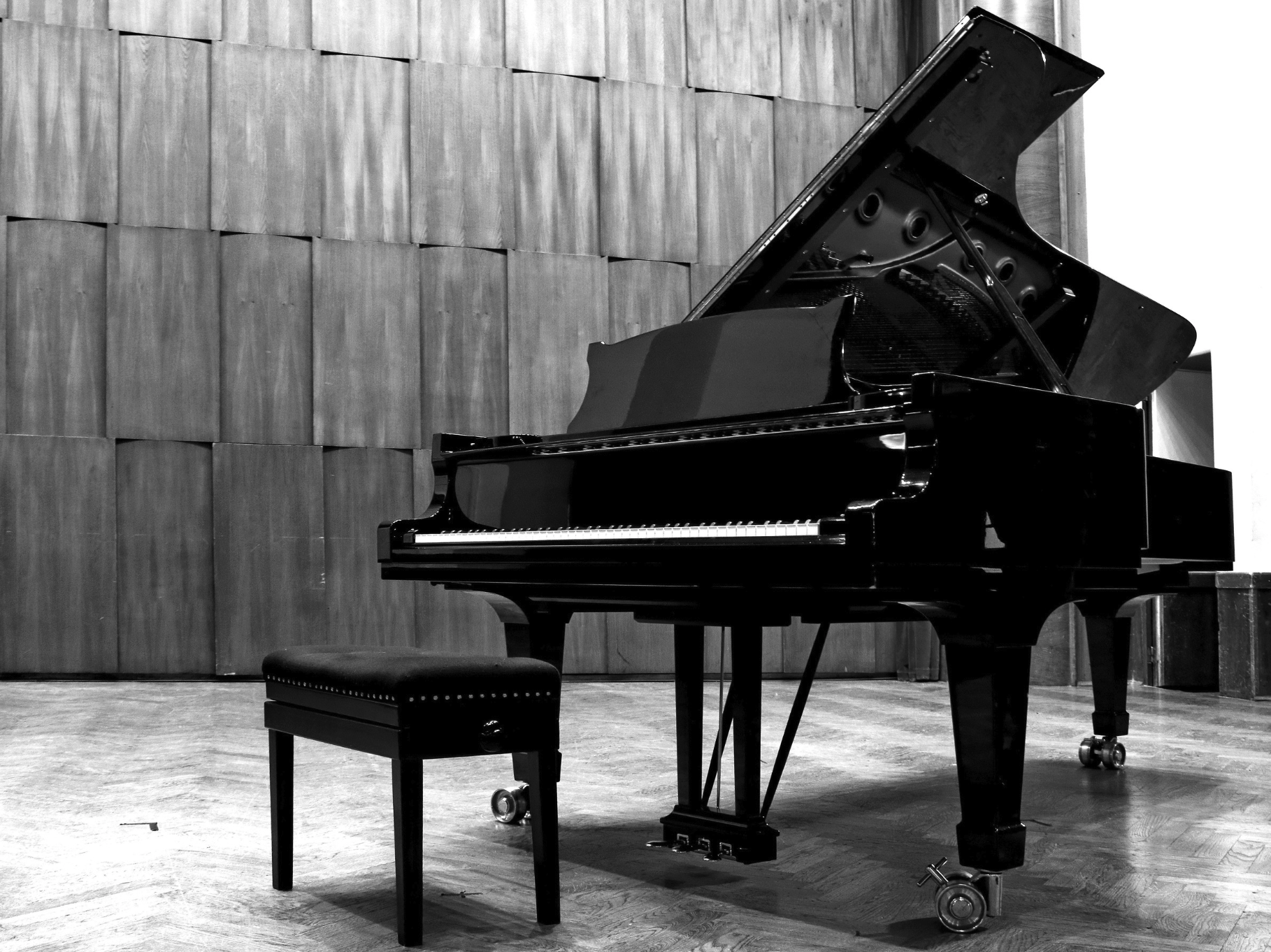Piano Tuning FAQ
You’ve got questions …
We can help get you the answers you need to keep your piano in tip top shape and excellent working condition.

What is A440?
From Wikipedia, the free encyclopedia A440 is the 440 Hz tone that serves as the standard for musical pitch. A440 is the musical note A above middle C (A4). In 1936, an international conference recommended that the A above middle C be tuned to 440 Hz. This standard was taken up by the International Organization for Standardization in 1955 (and was reaffirmed by them in 1975) as ISO 16. Since then it has served as the audio frequency reference for the calibration of pianos, violins, and other musical instruments. Tuning a piano is an example of a simple frequency calibration that is actually done with the human ear. The piano tuner listens to a standard musical pitch and compares it to the same note on the piano keyboard. The piano is then adjusted (by tightening or loosening strings), until it agrees with the audio standard.The smallest frequency offset that a piano tuner can hear depends on many factors, including the sound volume, the duration of the tone, the suddenness of the frequency change, and the musical training of the listener. However, the just noticeable difference (for a listener, not the piano tuner) is often defined as 5 cents, where 1 cent is 1/100 of the ratio between two adjacent notes on the piano’s keyboard, i.e. 1/100 of an equally tempered semitone.
Why should I tune my piano?
With 230 strings stretched over a plate with 20 to 30 tons of tension a piano is going to go out of tune weather you play it or not. But, a combination of aural tuning and verification of A440 helps achieve a stable and precise tuning. Manufacturers recommend 2-4 tunings per year. Concert pianos require tuning immediately before each performance.
How much does it cost to repair my sticky key?
Repairs can vary from me showing you how to look inside your piano for a pencil to something as complex as complete rebuilding of the piano.
Is this instrument a candidate for Regulation / Reconditioning?
Periodical adjustment of the piano action is required due to the effects of wear and age. For a detailed description of piano regulation, please click visit: http://ptg.org/resources-pianoOwners-rebuilding.php
What is voicing?
Wow! Is the response to voicing your piano. I can improve the tone quality by spacing, shaping , aligning and needling the hammers. For a detailed description of voicing, please click here:http://ptg.org/resources-pianoOwners-voicing.php
Why use an RPT to troubleshoot?
My first mentor said finding the culprit to a sticky key is not readily apparent but knowledge is “key”. A grand piano has over 33 individual adjustments for 1 key. An Upright has over 25 individual adjustments for 1 key. Multiply one adjustment for all 88 keys and you can easily understand the complexity of your piano. An RPT has passed a series of rigorous examinations and can find the culprit quickly for each sticky key.
Is a humidity control system needed in Colorado?
This wonderful system controls the humidity that creeps into your piano and causes problems. This state-of-the-art system keeps the piano safe and stable for any move to any state. Visit http://www.pianolifesaver.com
What is a Spinet vs Console vs Upright?
A spinet is a short vertical piano which stands about 37″ tall. Most spinets are lesser quality pianos. Other vertical models are the console (42″), studio (45″ to 48″), and upright, generally over 50″ tall. Most very tall upright instruments were made prior to 1939.
UPRIGHT/VERTICAL PIANO Spinet: 36″ – 39″ (Height) Console: 40″ – 43″ Studio: 44″ – 47″ Full Size/Professional: 48″ – 60″
What is a Baby Grand? There is no real technical description for a baby grand. It is the term most manufacturers apply to their small grands, often less than 63″ in length from the front of the keyboard to the back of the rounded edge. Any piano that stands on three legs is a grand regardless of its size. Grand pianos lengths vary from 4′ to 9′. The larger a piano the bigger and fuller tone in can be expected to have.
GRAND PIANO Petite Grand: 4’5″ – 4’10” (Length) Baby Grand: 4’11” – 5’6″ Living Room/Classic/Parlor/Medium Grand: 5’7″ – 6’5″ Professional/Semi-concert Grand: 6’5 – 7’4″ Concert Grand: 7’5″ – 9’6″
